Investing in a development site can be rewarding, but it’s crucial to understand the complexities involved. Here’s a breakdown of some key factors you need to be mindful of;
Character of the Neighbourhood
Respecting the local character is often crucial when planning new builds. A neighbourhood with a consistent architectural style may expect new developments to complement the existing look. For example, you may need to match materials or roof designs to blend in with the surroundings. Density is another critical factor—if the area is predominantly low-density, proposing a higher-density project could face resistance from both the council and the local community.
Zoning, Overlays, and Covenants
Understanding the zoning and overlays on a site is essential before you commit. Zoning regulations can dictate the type of development possible, while overlays—such as those related to flooding—can impose strict requirements. Covenants, such as single-dwelling restrictions, might limit the scope of your project. Sometimes, these can be challenged or modified, but it’s best to consult a solicitor to know your options.
Additional studies, like climate change impact assessments, might be required and could add significant costs to your project.
Sunlight and Orientation
Getting the right amount of natural light can make or break a project. A site allowing ample northern light is ideal, especially for living areas and outdoor spaces. An east-west-oriented plot with a driveway on the southern side can be perfect for soaking up the sun. This way, any shadows from the new build fall over the driveway instead of your living spaces or the neighbour’s yard, giving you more flexibility in design.
Bushfire Risk
Victoria is classified as a bushfire-prone area, meaning your site could be subject to specific building requirements. A Bushfire Attack Level (BAL) assessment will consider the surrounding vegetation and slope to determine necessary measures. Building in a bushfire-prone area might increase costs significantly, sometimes adding up to $30,000 or more for fire-resistant materials. It’s essential to factor this in early to avoid surprises during the approval process.
Site Slope and Topography
The slope of your site can have a significant impact on your costs. A steep incline may require additional expenses like reinforced foundations, retaining walls, and soil removal, potentially adding thousands to your budget. It can also affect the practicality of driveways and vehicle access. A flat site might seem like a dream, but even slight elevation changes need careful planning.
Utility Access and Site Services
A great location won’t mean much if the site doesn’t have proper access to essential utilities like electricity, stormwater, and sewer. Issues with stormwater drainage, especially on flatter sites, can become expensive to resolve. It’s also important to know where the power will come from—whether overhead or underground—and how this will factor into your project plans.
Trees and Vegetation
Trees add character to a neighbourhood but can also present challenges during development. Trees in good health may need to be retained, and roots from trees on neighbouring properties or along the street could impact your building. Make sure to assess all vegetation within 9 meters of your site. In some cases, large trees may require specialised reports, which can add time and costs to your development process.
Setback Requirements
Setbacks affect how much of your site you can build on. The local council will often require your setback to match those of neighbouring properties, so if nearby homes are set far back from the road, your new build will likely need to follow suit. This can reduce the buildable area on your site, so it’s something to keep in mind when evaluating a potential purchase.
Financial Feasibility
Before diving into development, make sure the numbers stack up. Conducting a feasibility study helps you understand potential profits and costs. For those who have held onto their land for a long time, profitability may be easier to achieve. But with today’s rising building and labour costs, many developments face tighter margins. The impact of inflation, higher interest rates, and a slowdown in building has created a housing supply shortage, driving up rental yields. While rental rates are beginning to stabilise, you still need to ensure the development will be viable in the long run.
Planning for Resale Value
You must feel confident that the final product will attract buyers at the price point needed for your project’s success. To gauge this, consult with experts like Industry Insider Property or reach out to local real estate agents. Understanding the market is key to making sure that your development doesn’t just look good but sells well too.
Thorough research and planning are crucial to successfully investing in a development site. By focusing on these factors, you can better navigate the challenges of the property market and position yourself for success.
Industry Insider Property is independent and committed to helping buyers and sellers achieve their desired outcomes. Our experienced buyer agents and advisors will guide, execute, and deliver the best possible results to our clients. That’s why we have over 288, 5-star Reviews on Google!
Our team will help you save time and share over 40 years of industry knowledge and expertise to ensure you make a wise, well-informed decision.
Contact us at +613 8374 7652, or email at admin@industryinsider.com.au, to discover how we can assist you in your real estate journey—Trust Industry Insider Property to be your reliable advisor and advocate in selling and buying.
If you want to see our recent activities, please click this link: linktr.ee/Industryinsider
Industry Insider Property
Level 3, 489 Toorak Road, Toorak 3142
+613 8374 7652
+61 402 346 810
industryinsider.com.au



